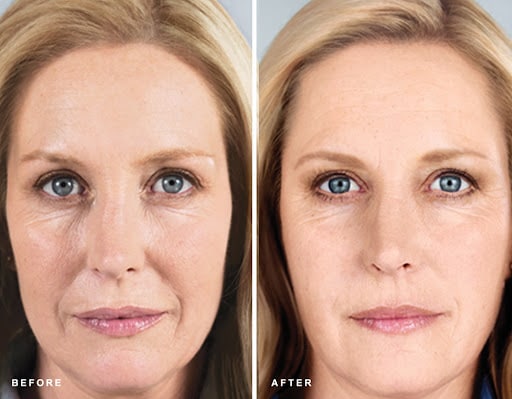About Sculptra®
What Is Sculptra®?
Sculptra® is a simple, non-surgical procedure that improves the appearance of aging skin folds, indented chin surfaces, hollowed cheeks and temples. Sculptra® is a unique filler that consists of Poly-L-lactic acid material, which our muscles naturally produce when we exercise. Once Sculptra® is injected and swelling diminishes, it induces gradual thickening of the skin. Sculptra® is biocompatible, so the body is able to dissolve it.
Dr. El-Salaway identifies the injection points for each treatment area and determines the correct amount of Sculptra® for the procedure. He then injects Sculptra® beneath the skin, under the dermis and subcutis layer. Initially, most patients undergo multiple treatments several weeks apart.
Results last up to two years, so touch-up treatments may be required to achieve optimal results, but with patience the effects are long-lasting. Dr. Sherif El-Salaway often combines Sculptra® treatments with other fillers, such as JUVÉDERM VOLUMA™ XC, JUVÉDERM® XC and Restylane® Silk, to achieve long-term results.
Before & After

*Individual Results May Vary*
Frequently Asked Questions
The most common side effects after initial treatment include injection site swelling, tenderness, redness, pain, bruising, bleeding, itching and lumps. Other side effects may include small lumps under the skin that are sometimes noticeable when pressing on the treated area. Larger lumps, some with delayed onset with or without inflammation or skin discoloration, have also been reported.